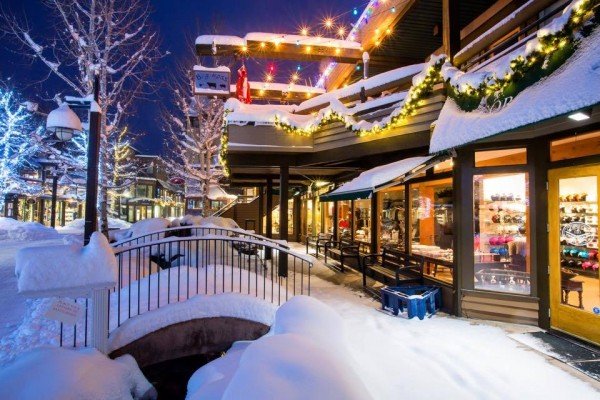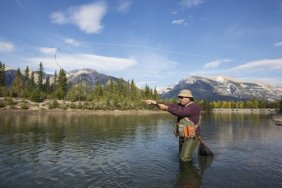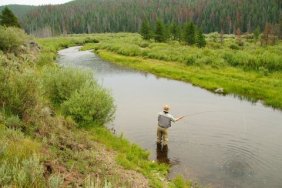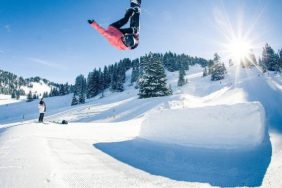If it’s tall and exceptionally steep mountains you’re after with long and challenging runs, throw in a few mogul pitches and open powder bowls, the European Alps continue to offer the world’s best skiing destinations. We take a closer look at five of Europe’s top ski resorts.
Chamonix — France
There are plenty of serious runs at France’s Chamonix Mount Blanc, but for experts there are two that stand alone. First, Pas de Chevre – the steep high mountain terrain that inspired, and is still used, in many classic extreme skiing movies. This run passes under Le Dru’s huge granite spires and leads to the Glacier d’Argentiere.
To get to the top you’ll take a two stage cable car that rises 2km above the valley floor. Even experts know the wisdom of taking a guide along on this route. The mountain offers some epic black runs, with the Pylones run following the fall-line beneath the cable car.
The Ponte du Vue dips out of sight under the lifts and leads you close to the glacier, and is one of the Alp’s most visually spectacular pistes. The most famed off-piste run is here as well: Vallee Blanche is not as technically demanding as some of the black runs, but it’s very long at 21km and offers endless variations to the standard descent.
Verbier — Switzerland
Far-reaching spectacular views of the Alps are a given at Verbier, a Swiss resort where the expert skier can perfect powder technique on the long open slopes down toward Sivier. Head in the other direction from the top of Mount Gele and you’ll get a workout on the more demanding terrain over narrow runs toward Lac de Vaux.
Verbier’s highest point is Mount Fort, and the trickiest expert run races down its back side. These auxilary runs are well marked and avalanche controlled, but they are neither patrolled or groomed so you will be on your own.
The couloirs on Arrelas are famed for their difficulty, one reason the free-ride world tour finals call this home. There’s even a somewhat safer option for days when bad weather rolls in and visibility drops: the heavily wooded slopes across the valley in Brunson.
St. Anton — Austria
There’s no debate when it comes to naming Austria’s best ski resort. St. Anton am Arlberg is the skiers choice, and they speak of one mountain there with reverence. Valluga is paradise to skilled powder lovers who appreciate the huge amount of free riding terrain following a heavy snow.
A chair or cable car delivers skiers to those vast snowy bowls. Want more of a challenge? A second cable car gives access to the 2810m summit. From there you can ski toward Zurs on one of two off-piste routes. Both are highly technical runs with hair-raising couloirs.
Valluga sees a lot of experts every season, but nearby Rendl is the place the locals tend to ski on their days off. It’s still expert terrain, but far less crowded and with plenty of opportunity to show good technique working the terrain variances of high open bowls, moguls and woods.
Espace Killy — France
No other resort in the world offers such a variety of off-piste runs with littlerequired than Val d’Isere and Tignes, which have combined to form Espace Killy. Couple that with reliable amounts of good snow and classic descents that make this a must-ski destination for experts.
There are multiple run options off the top of every lift. Some of the best skiing starts with a short traverse of the top of Pisaillas glacier to the entry of the most famous run, the Col Pers over a massive snowy bowl that drops into the Gorges de Malpasset.
In the coldest weather you’ll ski right over a frozen river to conclude the top to bottom vertical drop of 1400m and end at the Fornet cable car. The must-do run on the Tinges side is Vallon de Sache, a 1200m plunge from the top of Aiguille Percee down through a remote valley and into a national park. You’re well away from the lifts here and finish in the quaint village of Tignes Les Brevieres.
Looking for moguls? La Face from the top of Bellevarde is a relentlessly bumpy ride for the most skilled. The 96 lifts spreading the ten miles across Val d’Isere and Tignes carry 149,425 skiers per hour.
Andermatt — Switzerland
Andermatt in Switzerland features two mountains, gentle Natschen – perfect for intermediates, and the monstrous Gemsstock, reaching an elevation of over 9700 feet. Gemsstock is where the experts spend their time, especially the powder-seekers. The mountain’s north-facing bowls stay fresh and relatively untracked for days after a snow.
Andermatt’s natural setting is exquisite with surrounding mountains jostling in tightly. Here the sky is blue and the snow is often so deep at the lift base that skiers must kneel down to pass money through the ticket gate window.
Advanced skiers come to challenge majestic Gemsstock, whose cable car delivers them to its 2963m peak. This top station provides one of the Alp’s greatest views, but it’s also a little scary. Just the sight of the steel-rope bridge running along the tooth-like peaks of the top ridge might induce vertigo! T
his is a mountain made for adventurous skiers. Head to the right for the forked Bernhard-Russi Run (named after the local ski-racing hero) and the famous routes such as Giraffe and Geissberg. There are formidable descents through back bowls and into the trees. For many years Andermatt was a well-kept secret among elite skiers, but recently a multi-billion dollar investment began turning the sleepy town nearby into what is sure to become a major international resort.
Photo credit: Facebook/Ski Vacations








